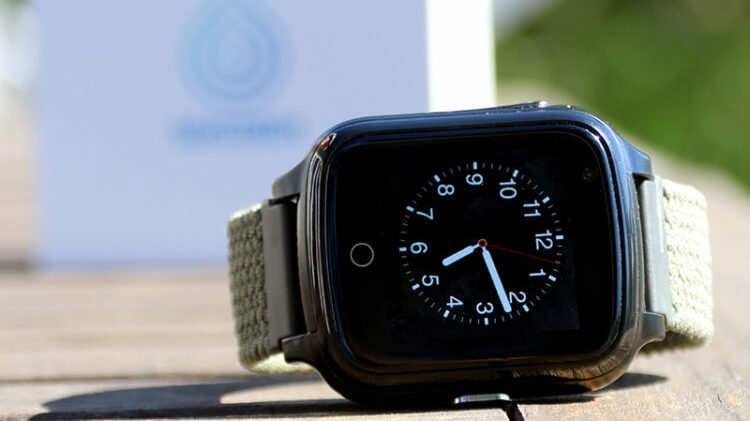Stroke Symptoms in Women – What You Need to Know
Stroke in Women – A Silent Risk
Stroke is one of the leading causes of death among women in Sweden. Despite this, many are unaware that stroke symptoms can differ between men and women. Recognizing early warning signs of stroke in women can be crucial for receiving timely care – and saving lives.
Common Stroke Symptoms in Women
As with men, the classic symptoms of stroke in women include:
-
Sudden numbness or weakness in the face, arm, or leg – especially on one side of the body
-
Trouble speaking or understanding speech
-
Sudden vision loss in one eye or double vision
-
Dizziness, loss of balance, or unsteadiness
-
Severe headache with no known cause
However, women may also experience more subtle or unusual symptoms, which can delay diagnosis and treatment.
Unusual Stroke Symptoms More Common in Women
The following symptoms are more frequently reported by women and may be harder to link to a stroke:
-
Nausea or vomiting
-
Hiccups
-
Sudden fatigue or weakness
-
Fainting or loss of consciousness
-
Shortness of breath
-
Confusion or disorientation
-
Sudden emotional changes, such as anxiety or panic
These signs are often mistaken for other conditions, making it even more important to stay alert – especially if several symptoms occur at once.
When to Seek Help
If you suspect a stroke, act fast. Every minute counts. Use the FAST test:
-
Face – is one side drooping?
-
Arms – is one arm weak or numb?
-
Speech – is speech slurred or strange?
-
Time – call emergency services immediately!
Never hesitate to seek medical help, even if the symptoms are vague – better safe than sorry.
More Women Than Men Die From Stroke
Research shows that more women than men die from stroke. One reason is that women are typically older when they suffer a stroke – but it’s also because their symptoms are sometimes overlooked or misinterpreted.
That’s why awareness of stroke symptoms in women is a key step toward quicker care and better outcomes.
A personal alarm that can be triggered at any time
Sensorem’s personal alarm can automatically trigger the alarm in the event of a fall and then automatically call relatives using the watch’s built-in speakerphone with two-way communication. The user can also trigger the alarm manually by pressing the physical alarm button. The personal alarm works outdoors and has built-in GPS positioning so that relatives can see the user’s position on a map in the Sensorem app.
SENSOREM’S PERSONAL ALARM CAN INCREASE SAFETY AFTER A STROKE

